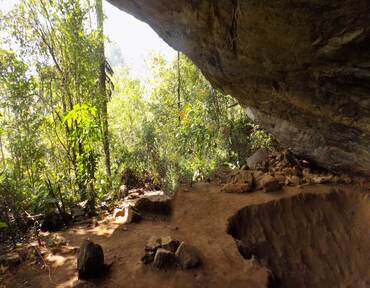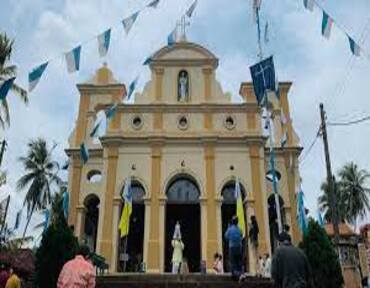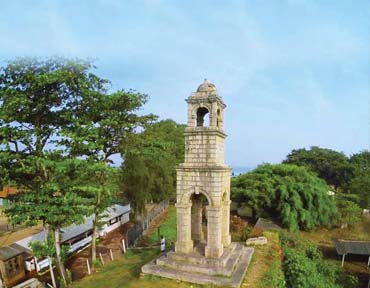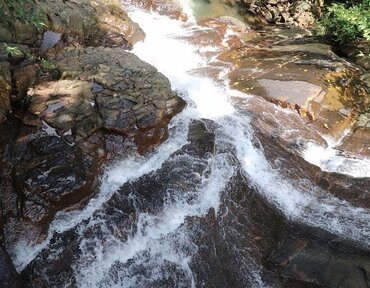


When the history is not recorded in words but as the residuals, where remaining hiding in plain sight but showcase a proudness of many generations they are called ruins. Such ruins are being unearthed through archaeology, the place is known as an archaeological site. Sri Lanka is a treasure trove of such destinations including the Alawala Caves where ruins of proud generations remains and being unearthed. Standing proudly in the Attanagalla Region of Gampaha district the Alawala Caves is a place predominantly a cave temple famously known as Alawala Raja Maha Viharaya. The caves are a treasure trove of proof of pre historical technologies indicating in their skeletons of the potshards, human bones, bone tools, seeds and many of archaeologically invaluable ruins. The postgraduate Institute of Archaeology of the University of Kelaniya had been excavating in the Alawala Portugal Len Raja Maha Viharaya. Uniqueness * The caves that have been open to the public * Prehistoric ruins and proof of ancient civilization.

Baptism Church Hanwella is one of the oldest churches in Colombo dating back to 1820 and consider as the first ever baptism Church Sri Lanka had. Nestled in Hanwella, Colombo the Hanwella church has the reputation of conducting the baptism at that time that seemed to embrace the Lord.

Negombo Fort was a small but important fort in Negombo, approx. 30 km (19 mile) north of Colombo, that was built by the Portuguese to defend Colombo. The fort was located on a narrow strip of land between a lagoon and an inlet of the sea. It was surrounded by a dry moat, and the gate was accessed via a drawbridge. The original Portuguese fort was a weak structure, which was captured by Dutch forces commanded by Philip Lucasz, in February 1640. The Portuguese made several attempts to retake it before they were successful in December 1640. They then strengthened the fortifications and managed to defend the fort until it was recaptured by the Dutch, commanded by Francois Caron, in January 1644. The original bastions were destroyed by the Dutch cannons during the siege of the fort. The Dutch subsequently rebuilt it in 1672 however not on the usual square pattern, but on a pentagonal one, though it had only four bulwarks, the fifth was never constructed (possibly due to the cost).

Ranmudu Ella, also known as රන්මුදු ඇල්ල, is a beautiful waterfall located in the Thummodara area near Avissawella in the Colombo District of Sri Lanka. Approximately 15 meters in height located near Labugama reservoir, and Colombo District. The water of the fall is very cold and clean, making it a refreshing experience.